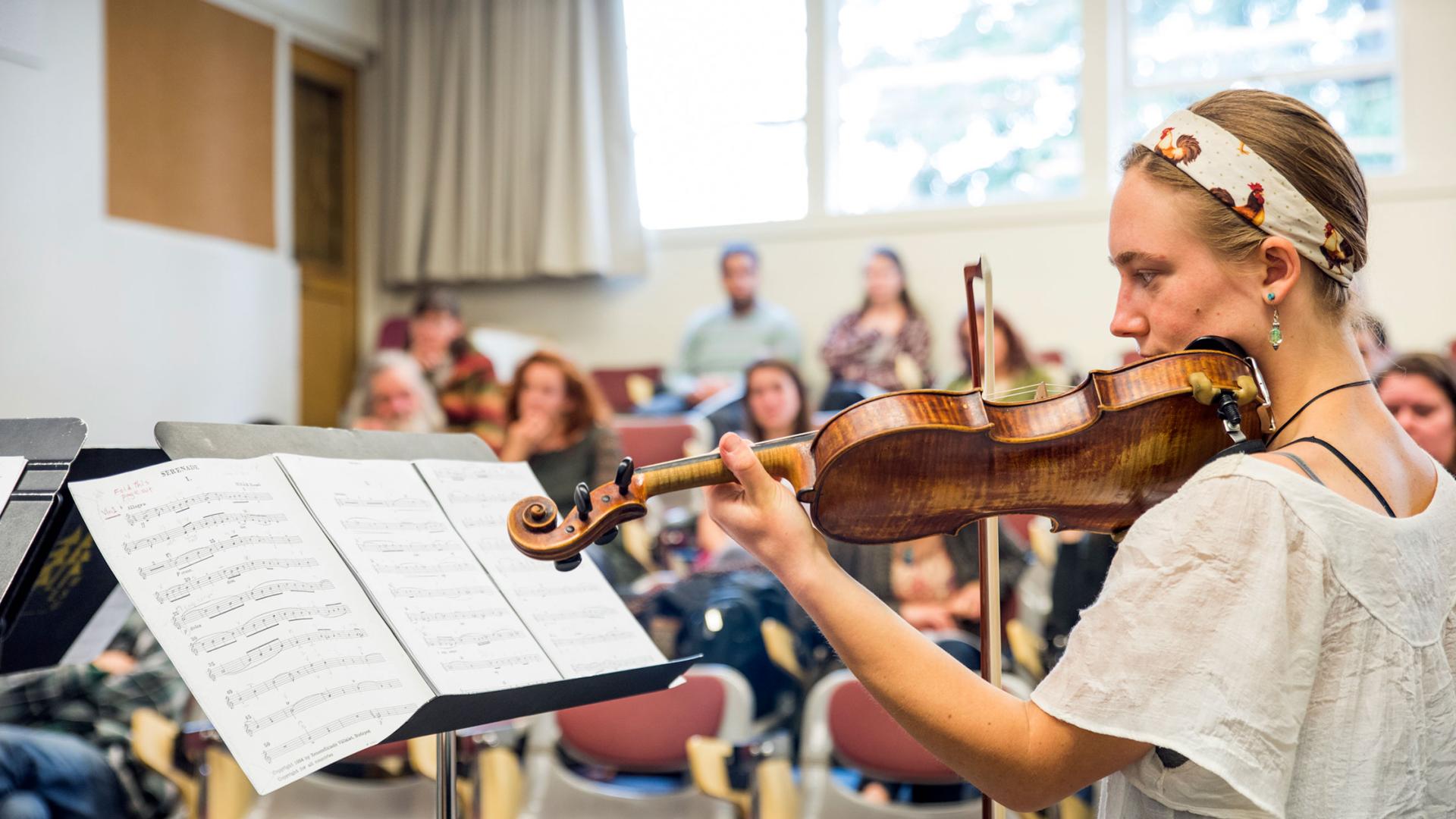Breadcrumb
Background
The grant supports four core components, each of which was carefully designed based on evidence from previous studies and from an assessment of Humboldt’s challenges to meet the needs of a diversifying incoming study body.
Student Demographics
Humboldt became eligible to apply for the grant because enrollment of undergraduate full-time equivalent students is at least 25% Hispanic, Latina/o, or Chicana/o. In fact, student demographics at Humboldt have been changing abruptly in the last few years. Since 2010, enrollment of students from groups traditionally underrepresented in STEM majors has increased by over 75%, with a 98% increase in Hispanic students.
Together, 67% of Humboldt freshmen choosing STEM disciplines are from an underrepresented minority ethnicity, and/or from a low-income family, and/or the first in their family to attend college (first-generation college student). Likewise, 61% of incoming transfer students correspond to one or more these groups. These students are the new majority and reflect the future workforce and graduate students in STEM disciplines.
Cal Poly Humboldt's Challenges
This grant’s work is rooted in evidence from the literature and from our own campus that identify five reasons Humboldt has previously struggled to meet the needs of a diversifying incoming study body.
- Previous campus efforts have been insufficient for many Hispanic and low-income students to develop the self-efficacy, academic behavior habits, and sense of belonging necessary for success.
- Status quo support services to address student success have not integrated with the curriculum, and they have not reliably reached all the Hispanic and low-income STEM students that need them.
- Gateway courses have had low success rates, especially for Hispanic and low-income students.
- Previous math remediation curriculum had low success rates, and students requiring remediation graduate at significantly lower rates than other students.
- Inadequate outreach, counseling, and articulation with two-year HSIs has limited the number of Hispanic and low-income students transferring to Humboldt in STEM disciplines and did not ensure students complete foundational courses before transferring.
Unique Academics and Location
The four components also recognize Humboldt’s unique setting and circumstances. As a result, our approach to transforming the campus to a legitimate Hispanic Serving Institution (HSI) must also be unique – recognizing our strengths, weaknesses, and taking advantage of unique opportunities.
Humboldt’s blend of disciplines is atypical, and Humboldt’s student enrollment in STEM disciplines is much higher than average for the CSU system. The College of Natural Resources and Sciences receives over twice as many first-time freshmen as the other colleges. Biology is the single largest major on campus, and environmental majors have seen rapid increases in enrollment. Humboldt remains the only California State University (CSU) campus to offer undergraduate degrees in Fisheries Biology and Wildlife Management, and it is one of the few to offer degrees in Forestry.
Humboldt’s setting is also unique. Located in the small town of Arcata in Humboldt County, it is one of 23 CSU campuses, and is one of the most northerly HSIs on the West Coast. It is the most geographically isolated of all 23 CSU campuses. The surrounding area is more rural than many other four-year institutions in California, and its spectacular natural setting of a coastal forest is a signature of Humboldt.
Humboldt County’s population is predominately non-Hispanic White (~75%), contrasting with much more diverse state-wide demographic figures. Humboldt’s incoming student classes more closely resemble the state-wide profile than local demographics with the largest groups of students coming from urban centers in Southern California (40%, 700-800 miles away) and the San Francisco Bay Area (13%, 300-400 miles away), areas much different than Humboldt County.
The grant’s four core components will address these causes, thereby affecting change and achieving key outcomes.
Budget Overview
The HSI STEM Budget is $3,949,145 and runs from Oct 1, 2016 to Sept 30, 2021. The pie charts below depict how the budget is allocated in terms of actions and people (first pie chart, below), and components (second pie chart, below) of the grant. Indirect costs, which are set at 8% of the total by the US Dept. of Education, are used for administration of the grant by the Humboldt Sponsored Programs Foundation. Costs of health & other mandatory employee benefits (for students, staff and faculty) are also set by the State of California and by the US Dept. of Labor.







